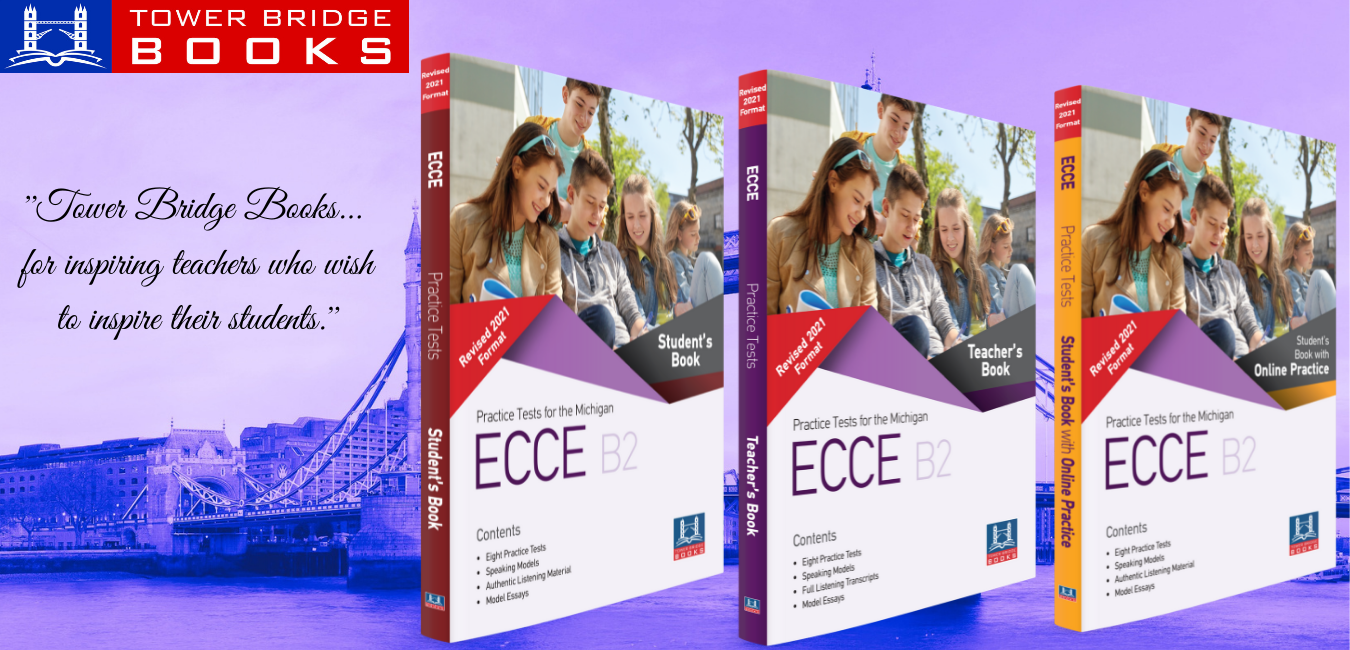With some simple supports, students in grades 3 to 8 can take the wheel and assume some responsibility for their learning journey.
There are three key elements to teaching and empowering students in grades 3 to 8 on the journey to self-advocacy. First, they should reflect on who and where they are in their academic pilgrimage. Second, they need to have a wealth of tools to match their needs while naming the tools, asking for the tools, and properly utilizing the tools. Lastly, as educators, we are responsible for building a community where the students’ voices are valued.
Each class is unique, and certain tools and options are better suited to one set of students than another. The most important thing is for you to find ways to move students into the driver’s seat of their learning expedition.
IMPLEMENT MEASURES FOR STUDENT SELF-KNOWLEDGE
If you were to plan a road trip, you would start with locating where you are and understanding the vehicle that will get you to your destination. Education is no different. Students must understand who they are as a learner. Being able to ask for what we need or enjoy starts with a strong understanding of self. In short, you can’t advocate for yourself if you don’t know yourself.
As educators, we are tasked with building opportunities for students to learn about themselves as learners. Consider some ways to help students identify their strengths and areas for growth:
Learning interest inventories allow you and your students to identify areas of interest and ways of finding joy in learning and demonstrating that learning. When your students let you know their interests and the various ways they like to learn, you can incorporate those interests into your teaching methods. Doing so encourages enthusiastic participation.
Exit tickets are quick assessments that help students identify whether they met the daily learning objective(s). Receiving feedback on their performance empowers them to ask questions or ask for additional support.
Progress monitoring works similarly to exit tickets but can be used less frequently: It identifies the skills that your students have mastered and which concepts need additional attention. You might already have this built into your curriculum or current structure. In that case, it’s an opportunity to use a tool that’s already available to you.
Peer and self-assessment give students the opportunity to review their work against a set of criteria (rubric, checklist, or success criteria). Additionally, students can engage in discussions about mastery of skills. These types of assessments are great tools for student self-advocacy because they aren’t reliant on you as the educator and allow students to evaluate themselves.

PROVIDE EASY-ACCESS EDUCATIONAL TOOLS
When you have a destination in mind, you need to pack in order to make sure that you have everything you need for the trip. Our classrooms can function in the same way for students. The tools they need go well beyond paper and pencils.
The following tools most effectively support self-advocacy when you make them readily available to your students. Store them in hanging file folders (or digital folders), on a bookcase, or in folders on tables. Be sure that students can get to these resources quickly and independently.
Manipulatives and graphic organizers are useful hands-on tools for mathematics and English language arts to help students organize their thinking. For example, you might make place value mats available in math and use a story planner for English language arts.
Audio recordings, magnifying paper, and highlighters provide accommodations for students with disabilities so that they can better access material. Be sure to take time to show students how and when to use each tool.
Choice boards and learning menus showcase students’ learning in various ways. You can diversify the ways that students demonstrate their learning by including tasks such as building, creating music, or drama.
Timers allow students to manage their time on a particular task. Additionally, you can allow students to have flexibility in submitting assignments.
BUILD A COMMUNITY ON STUDENT VOICE
One of the best parts of a road trip is the amazing conversations that happen. Build-in time and opportunities in your classroom for students to share and discuss their thoughts, ensuring that they feel safe to do so. Making time to amplify student voices allows you to understand your students’ needs and wants while building their confidence to speak up and advocate for their learning.
Daily check-ins (beginning or end of the day) can get students engaged in discussions about how they feel, what they want to learn, and what they learned, and/or set goals for the next day.
Reflection sheets can be incorporated into projects, classroom management, or after activities. Students have a chance to reflect on their learning and write about what they have learned. This also helps students process their academic and behavioral decisions.
Sentence stems, starters, and word banks are very important for students who struggle to articulate their thoughts. Giving students some language to assist them in expressing their thoughts helps create a safe space for sharing and encourages more students to openly and honestly express themselves.
Student-led discussions move teachers out of the conversation, and student leaders (this will require preplanning and support) can then guide their peers to dive deep into the conversation.
By Adrienne Waller